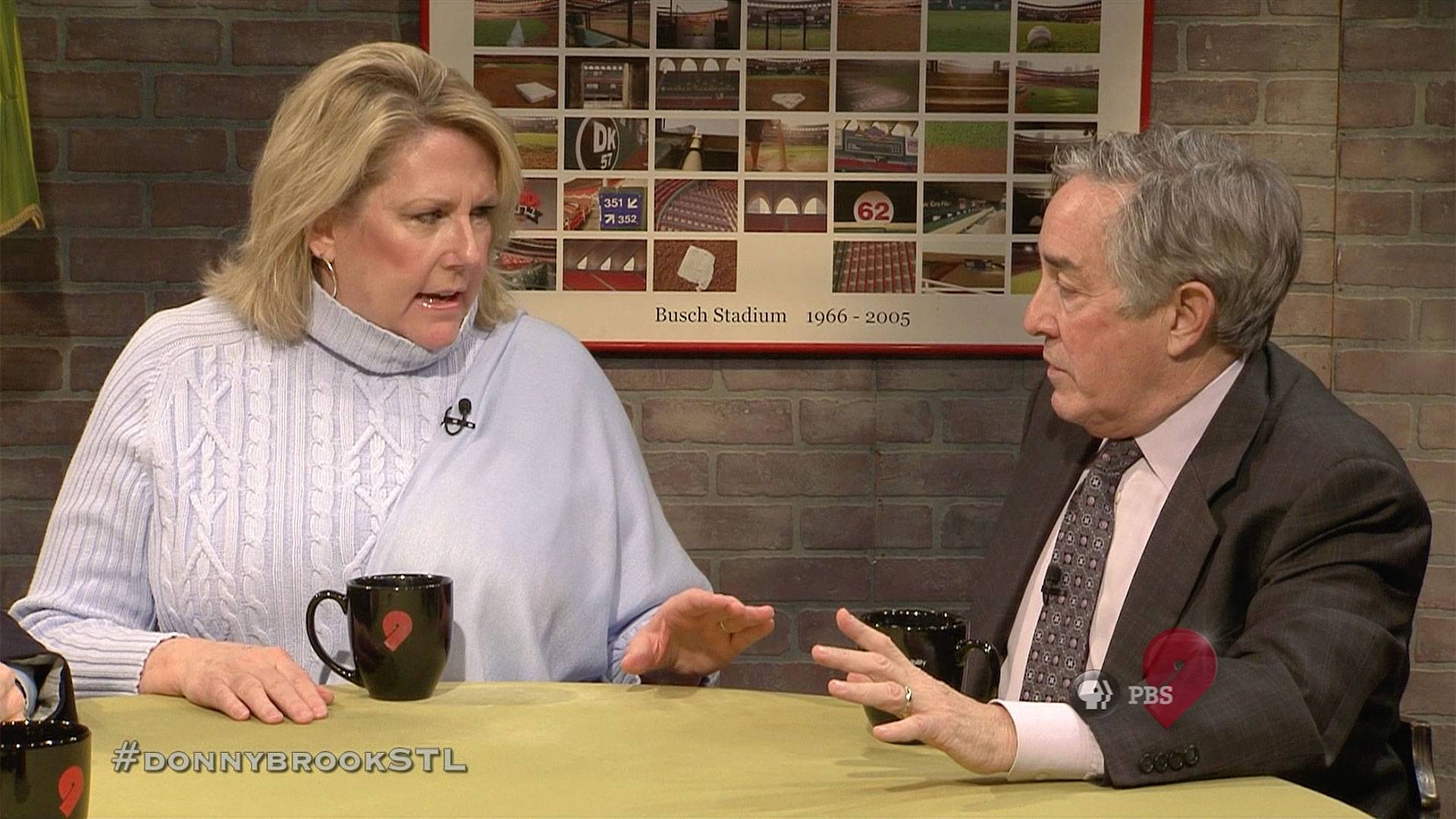

On the other hand, Delhi discoms are allowed PPAC on a quarterly basis, he said. The central regulatory commission, CERC allows central PSU gencos like NTPC, NHPC and trancos, PPAC on a monthly basis. The PPAC is a requirement under the Electricity Act, DERC's own tariff orders and Appellate Tribunal for Electricity (APTEL) orders. More than 25 States/Union Territories have implemented fuel surcharge adjustment formula, he said. "The PPAC in Delhi has been increased by 4 per cent from June 11, according to the approval of the DERC," said an official source.Īccording to the Ministry of Power directions on November 9, 2021, every state regulatory commission (DERC in the case of Delhi) has to place a mechanism for automatic pass through of fuel and power procurement cost in tariff for ensuring the viability of power sector, said a discom official. It is applied as a surcharge on total energy cost and fixed charge component of an electricity bill, officials said. The PPAC is a surcharge to compensate the discoms for variations in the market-driven fuel costs. No immediate reaction of DERC was available. I hope William Hoy’s story inspires readers to reach for their own dreams.The cost of electricity in Delhi has increased with hike in power purchase adjustment cost (PPAC), imposed by discoms on consumers, by 4 per cent from mid June, official sources said on Sunday.Ī power department official said the hike was made by the power distribution companies (discoms) after approval by the Delhi Electricity Regulatory Commission(DERC) due to increase in prices of fuel like coal and gas. What do you hope readers will take away from Silent Star?īW: I hope readers come to realize that William Hoy was both an extraordinary athlete and an extraordinary person. If William Hoy were alive today, what is one question you would like to ask him?īW: The question I would ask William Hoy: “Of all of your accomplishments, which one are you the proudest of?” How long did it take you to write and illustrate Silent Star? BW: I spent more than a year researching, writing, and editing. Their stories were unknown to young sports fans, and I believe their stories are of great importance and need to be shared with young readers. Like Louis Sockalexis, William Hoy was a man of great courage who showed indomitable determination and overcame many obstacles to play the sport he loved. What interests you about this genre? What made you want to write another baseball biography?īW: I’ve always been captivated by the rich history of baseball.

Louis Sockalexis: Native American Baseball Pioneer tells the story of a Native American baseball player who had to defy the norms to make it in the major leagues. You have previously written a baseball biography. Since Hoy played baseball more than one hundred years ago, it was difficult and time-consuming to find information about his life and baseball career.

What were some challenges you faced in writing Silent Star?īW: The biggest challenge was the research. Are there any interesting facts about Hoy that didn’t make it into the book?īW: In the history of baseball, William Hoy was one of the few players to play in four major leagues. You did extensive research on William Hoy before writing Silent Star. I believe Jackie Robinson was the greatest hero in sports history. Are there other figures in sports history you admire? If so, who and why?īW: The athlete I admire most is Jackie Robinson. Silent Star is a tribute to William Hoy, an inspirational figure in baseball history. How do you feel teaching affects the way you put together a story?īW: Because I am a teacher, I try to write stories that teach children about determination, tolerance, courage, and pride. So I try to make history enjoyable for children by introducing them to the people who made history. How do you make history enjoyable for children to read?īill Wise: History is about people. Silent Star: The Story of Deaf Major Leaguer William Hoy tells the story of one of the first deaf baseball players to make it to the major leagues. In this BookTalk, author Bill Wise discusses baseball and why he chose to write about Hoy. He enjoyed a long career with a standout record and is an inspirational figure in history.

Moving from amateur clubs to the minor leagues and eventually to the majors, Hoy proved himself again and again-overcoming obstacles and becoming a star both on and off the baseball diamond. Silent Star is the story of how William Hoy became a successful baseball player despite being deaf.


 0 kommentar(er)
0 kommentar(er)
